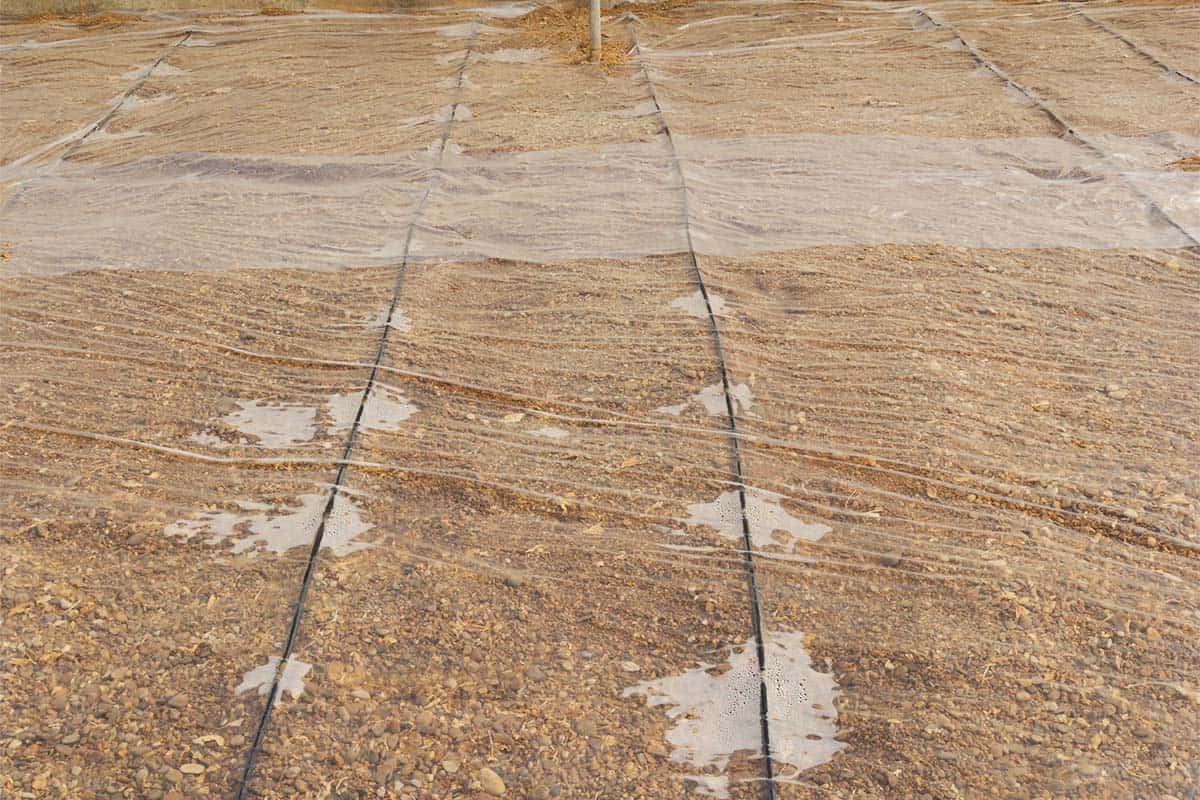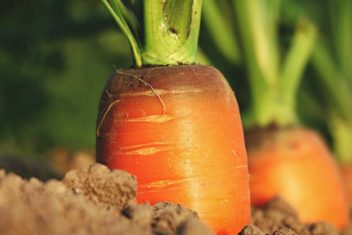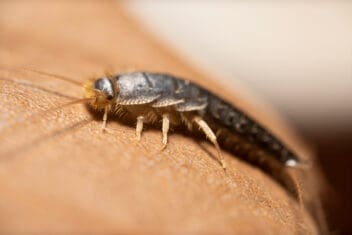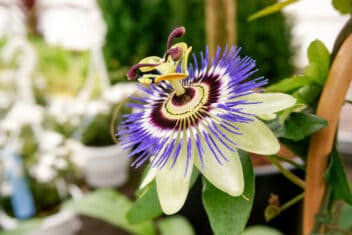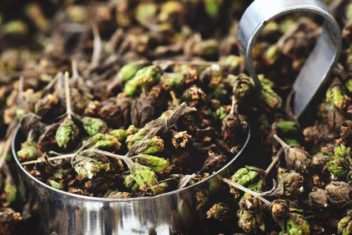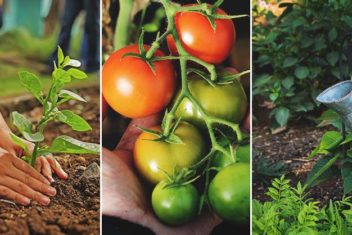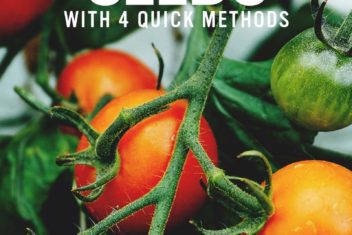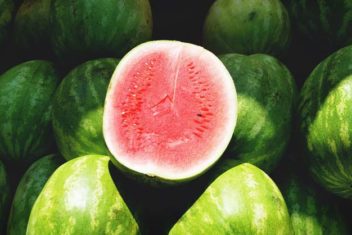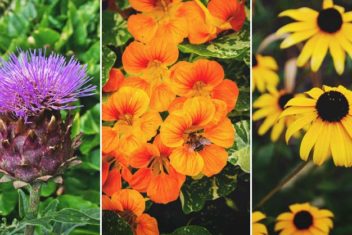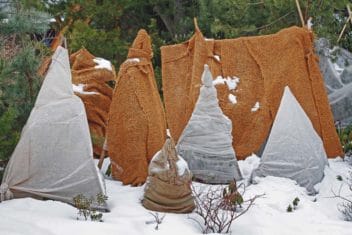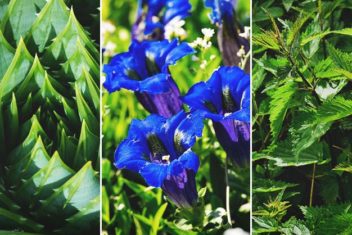You’re taking all the right steps to organically grow your vegetables. However, your garden is still overrun by weeds or you’re having problems with fusarium wilt. What can you do? It’s time to try some soil solarization.
Solarizing soil uses the sun’s power to naturally help you destroy weeds, bad bacteria, fungi, and pests. This simple and inexpensive trick uses nothing more than a sheet of clear plastic and the heat of the sun.
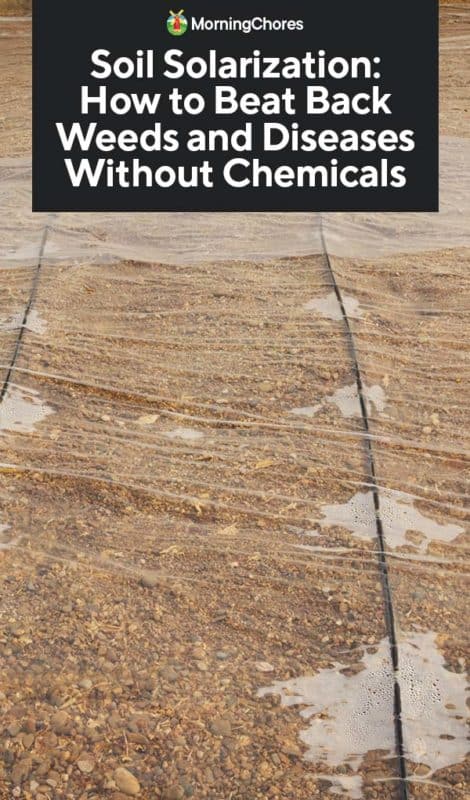
What Is Solarization?
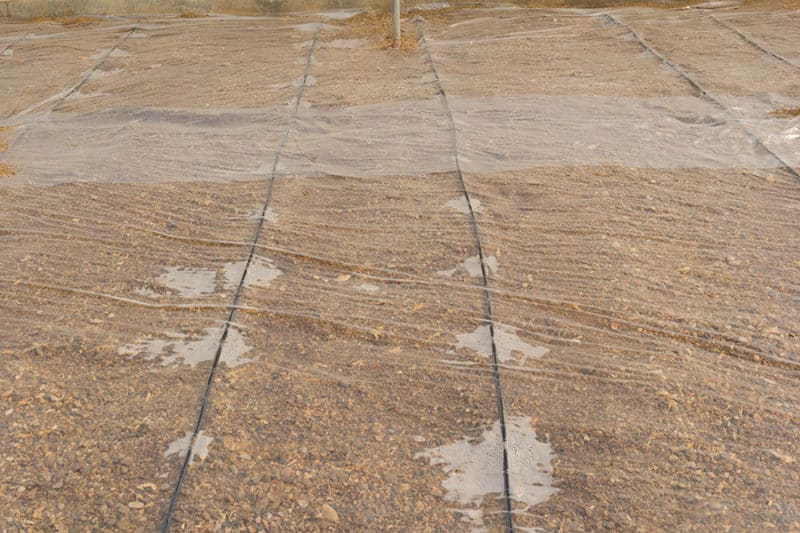
Solarization is when you cover the soil with plastic and allow the sun to heat the earth underneath so the soil gets extremely hot. The heat kills weed seeds and pathogens that are bad for your garden.
Typically this is done with a clear polyethylene plastic cover. You can also use the common blue tarps or black plastic. However, the soil won’t heat up as fast and won’t kill off as many fungi and microbes.
Why Use Solarization?
Weeds such as bluegrass, Bermuda grass, cockspur, crabgrass, dead nettle, groundsels, oat grass, purslane, shepherds purse, and are all easy to control with solarization. The heat destroys the seeds before they can sprout.
Soil solarization kills a lot of common pathogens. You know all about the importance of getting your compost pile nice and hot. It’s the same principle.
Many bacteria and fungus diseases have evolved to function at specific temperatures. When the temperature gets above that level they can’t survive.
Nematodes are also killed in these hot temperatures. Nematodes cause diseases like root-knot. Several species of insects also die under solarization. Larvae and eggs are particularly susceptible.
It’s also affordable. Solarization is much cheaper than going out and buying herbicides – and who wants to poison their ground anyway.
You can buy new plastic, however, used plastic in good condition works well too. Old greenhouse or hoop house plastic, or the plastic you used to winterize your home can be repurposed.
Another benefit of soil solarization is an increase in nutrients. Nutrients are made more available and allow increases in nitrogen, calcium, and magnesium availability for your plants. Minerals become more available as well.
Here is some more good news. Solarization has been used extensively to prepare areas for native plantings of flowers. In many areas, invasive species of weeds have taken over and are choking the life out of native grasses and flowers.
Native plants provide pollen, nectar, and food sources for bees, butterflies, and other wildlife. It’s important to preserve them. Solarization is a great strategy to use to knock out the weeds so you can replant it with native species.
This gives your native flowers a chance to grow and develop and out-compete other plants that may spread to the area.
Where Does Solarization Work Best?
Soil solarization works best in hot dry climates such as in the Southwest and Great Plains states. California tests have shown it to be the number one effective weed killer. Even more so than using glyphosate herbicides.
However, any garden spot that has well-drained soil and gets full sun benefits from this technique.
Solarization has been used successfully in orchards to help control fungal diseases such as Verticillium wilt. You can either lay down clear plastic in a square around the base of the trees or you can make a checkerboard of strips in an orchard.
Some trees such as those in the prunus family (cherry, peaches, and plums) can be sensitive to heat so make sure to monitor your trees carefully.
You can solarize as large a garden bed as you want so long as you have enough plastic. There’s no limit. This technique can also be used in small spaces such as a container garden. You can place your containers in clear plastic garbage bags and allow them to sit and bake in the sun.
The Best Plastic to Use
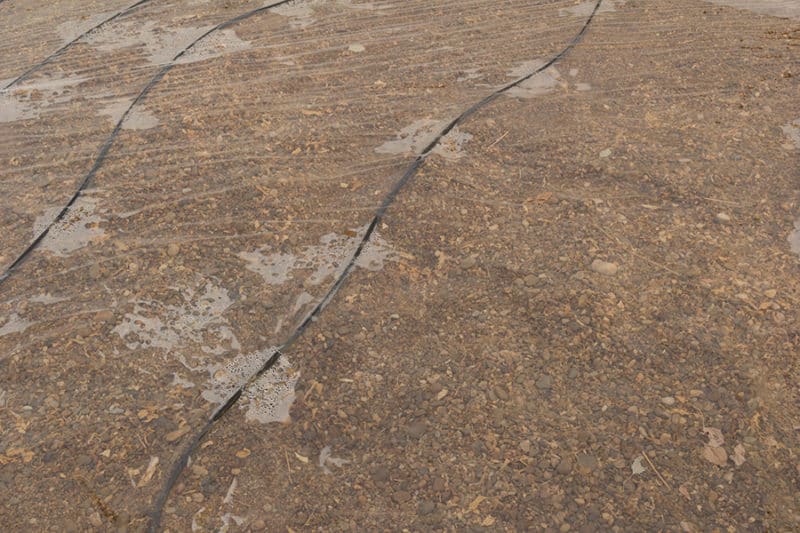
Clear plastic works better than black plastic. Clear plastic allows a greater percentage of the sun’s ultraviolet light to penetrate into the soil.
Black plastic gets hot on the surface but doesn’t allow the sun’s rays to penetrate as deeply, so it doesn’t kill as many weed seeds.
Good quality plastic is important. You don’t want the plastic to break down and tear apart during the process. UV stabilized plastic that is 4-6 mils thick works the best. If you have lighter weight plastic and a small area you can double it up for better results.
Plastic mulches that are made of petroleum products and don’t contain polyvinyl chloride (PVC) are allowed in certified programs. However, they must not be left on the ground for long periods of time as they begin to break down. They are required to be removed at the end of the growing season.
What’s Wrong With Other Materials?
Nothing! But black plastic is better for other applications. Using black plastic is called occultation by farmers to kill grass or existing weeds without tilling.
During occultation, the soil doesn’t get as hot. It kills plants by cutting them off of sunlight instead of heating everything up.
Landscape fabric prevents weeds from growing but because it is porous does nothing to stop weeds from growing.
How to Solarize Soil
Soil solarization should produce steam and water vapor. This means that the soil is extremely hot.
Colorado State Extension found that temperatures above 99°F for a period of one month killed off most annual weeds.
Make sure your plastic is pulled taut. This will reduce air movement under the material which can decrease the heat. The goal is for the sun to be directly going into the soil.
Temperatures of 120°F and above for 4 weeks are desired. You can use a thermometer to see if your soil is getting warm enough.
Leave the plastic on for about 6 weeks. If you have a lot of cloudy days, extend the time you leave the plastic in place. If it’s extremely hot and sunny, you can shorten the time to 4 weeks.
Till and Water
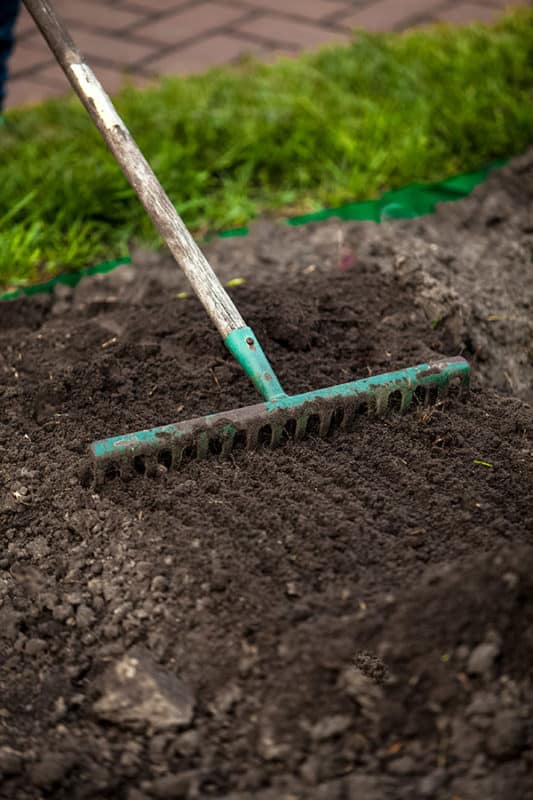
This might sound strange. You may ask, “why are you telling me to prepare the soil just to kill the weeds?”
Tilling the soil makes it easier to lay down the plastic. It also stirs up the weed seeds.
You water the soil because you want the weed seeds to sprout. This forces them to use up their energy and makes them easier to kill off.
You’ll know you need to add more water when there are fewer water droplets on the inside of the plastic in the morning than usual.
Make Repairs
Leaving plastic rolled out on the ground does leave it open to damage. Storms may tear at the plastic or winds cause debris to fall on it.
Deer cause holes when they walk across it looking for brose. It’s important to check on the plastic regularly.
You need to repair holes so you are not losing heat. Greenhouse plastic repair tape is an easy way to repair any holes or tears.
Steps to solarize your soil:
- During the summer, clear the area you want to solarize of plants.
- Optionally, till the soil to start the decomposition process.
- Dig a trench around the area to use to secure the plastic.
- Water the soil thoroughly and make sure it is wet on the top 6 inches.
- Cover the area with clear plastic.
- Spread the plastic so that it’s tight and doesn’t have air pockets.
- Bury the plastic edges in the soil to secure the plastic to the ground. Secure with bricks or rocks so the wind doesn’t blow the plastic away.
- Leave the plastic on the ground for about 6 weeks.
- Water as needed to keep steam forming under the plastic.
- Remove the plastic once enough time has passed.
- Don’t till again as you may bring up more weed seeds.
- Recycle your plastic or save it to use for another application.
You can also leave the plastic in place and cut holes for plants instead. The plastic acts as a mulch.
Are There Problems With Solarization?
You may be asking a good question right about now: “What about the biological health of my soil?”
Yes, there is a reduction in beneficial bacteria as well. As organic gardeners, we are constantly working to promote healthy macrobiotic life in the soil. The heat that builds up can reduce the population of beneficial bacteria.
But this is temporary. Studies have shown that those good bacteria rebound after solarization.
Earthworms can burrow deeper when the soil gets too hot. After the plastic is removed earthworm populations return as they feed on decaying plant material.
Solarization doesn’t work as well on the rhizomes of perennial weeds because they can send out shoots that come up away from the plastic. Examples of these weeds include creeping Charlie, horsetails, poison ivy, and Virginia creeper.
